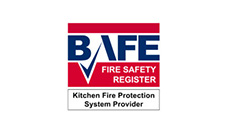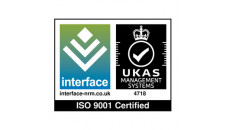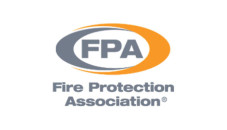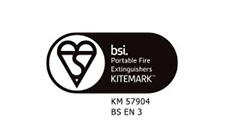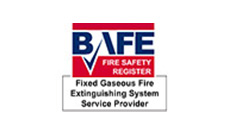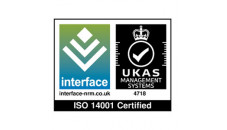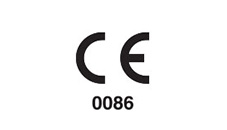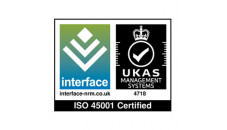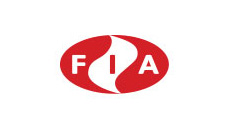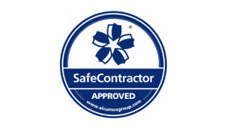Data Centers
Data Centers
Clean Agent Fixed Fire Suppression Systems
Fire suppression systems for server rooms and data centres are essential to the server room itself. A fire suppression system will automatically extinguish a fire without the need of human intervention. Fire suppression systems for data centres must be suitable for clean air environments, as server rooms and data centres are mostly occupied by personnel.
Clean agent fire suppression systems are essential for business continuity with minimum disruption to working processes.
The designs standards for Fire suppression systems for server rooms and data centres are carried out with strict guidelines, as the fire suppression agents used can be dangerous if not designed correctly.
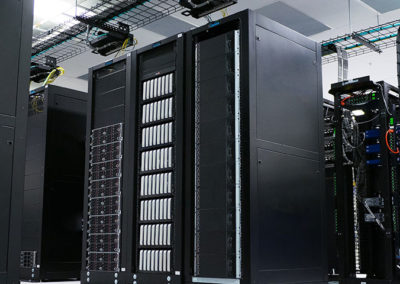
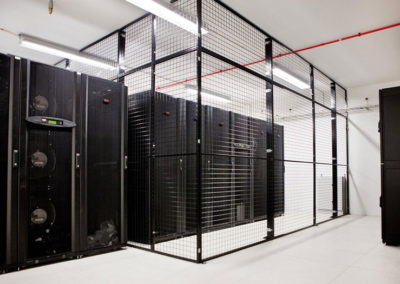
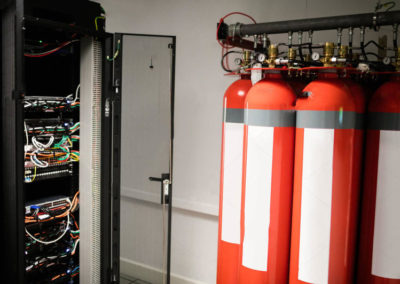
Fires within these types of environments are suppressed in two different ways:
1. Inert gases
To displace the oxygen in the server room. The basis of this method is to reduce the oxygen level to below 15%. By reducing oxygen to this level it will suppress a fire. The design must also consider the safety of personnel and keep oxygen levels to above 12%, this will be sufficient to maintain life within an oxygen depleted environment.
- Inert gas fire suppression systems will discharge its payload within 1 – 2 minutes
- Will generally have more cylinders than chemical gases
- Work with higher pressures, 200 Bar or 300 Bar
- Will require Pressure relief venting
2. Synthetic
Fire suppression agents have some form of cooling mechanism. These systems generally use less gas and do not significantly reduce oxygen levels. However, as with any synthetic agent, high doses can be toxic, therefore correct designs are absolutely necessary.
- Synthetic fire suppression systems will deliver its payload within 10 seconds
- Fewer cylinders are required and in some cases, the cylinders are larger than inert gas cylinders
- Low pressures are used only 25 Bar and 42 Bar
- Will require pressure relief venting for both negative and positive pressures during discharge.
Other Important factors for Data centre customers:
Fire Detection
A Fire suppression system will require a fire detection control panel, this is generally made up of two to three fire zones, a suppressant release device, Auto and Manual key switch and built-in battery backup (for power failures).
Smoke Detection
A minimum of four smoke detectors, irrespective of the room size. Smoke detectors must be located in all voids, i.e. room, ceiling and floor voids.
Audible Alarms
A combination of Bells and Souder/strobes will indicate an audible alarm for a detected fire and provide an alarm warning of an imminent fire suppression suppressant release.
Warning Signs
Warning signs are fixed on doors leading to a fire suppression-controlled area. Information signs are fitted the showing manual gas release points for the suppression system.
Pressure Relief
Pressure relief venting is supplied to provide over pressure venting for inert gaseous systems. Two-way venting is supplied to compensate for both negative and positive pressures during a synthetic agent discharge.
The Fire Protection Experts
Have a Question?
Our two head offices are based in Birmingham and Ollerton with fully qualified, experienced engineers spread throughout the UK allowing Cannon Fire to operate nationwide.
Call Us: 01623 860685
Email Us: sales@cannonfire.co.uk
CONTACT DETAILS
Trading Offices
Unit 1 Sherwood Network Centre, Ollerton, NG22 9FD
Unit C, 37a Parkfield Road, Coleshill,
Birmingham, B46 3LD
OUR KEY SERVICES
Copyright © Cannon 2024 All rights Reserved
